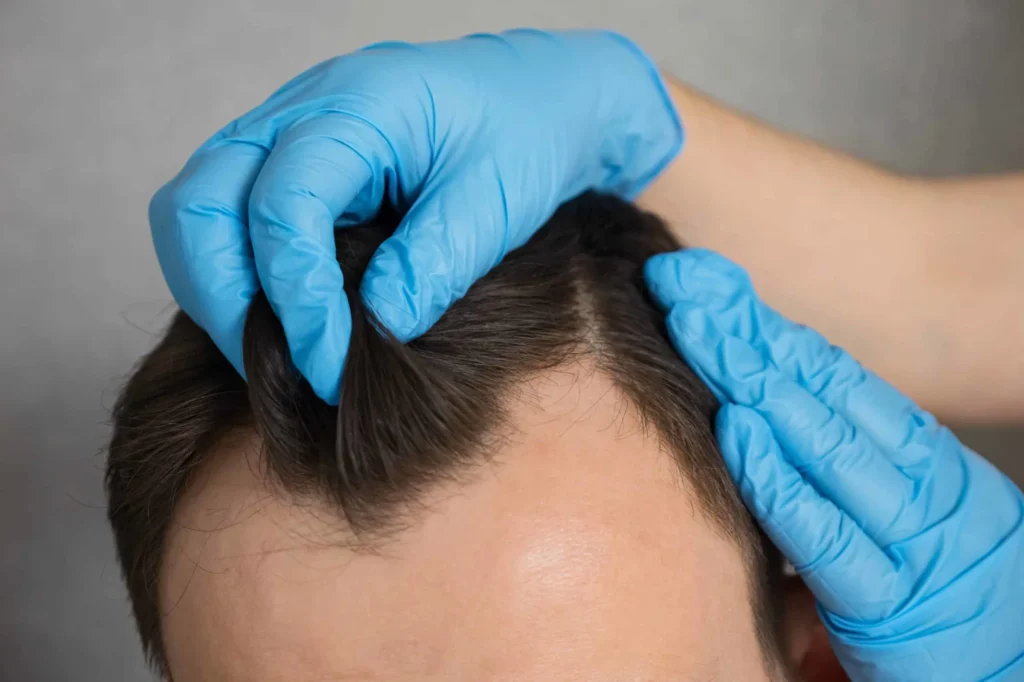What are the key differences between FUE and FUT?

Who is suitable for which technique? Both are hair transplant methods.
What is a FUT hair transplant?
FUT stands for follicular unit transplant, it’s an older method that basically stands for removing a strip of skin (approx. 2cmx10cm) from the donor area, stitching up the resulting long wound, and then dividing the strip of skin into several pieces (each 2cm x3cm) and passed to a few technicians working with a microscope each to cut the skin into v tiny strips and each containing 1-2 hairs which are called a follicular unit.
When I started hair transplant in 2005, FUT was the main method for doing hair transplant. I visited and trained with a Bangkok Surgeon then, he had a huge team – about 10 technicians. His job was to give local anaesthesia to the donor area and surgically remove a long strip of skin at the back of the head (the donor area) and then cut this into 3-5 shorter pieces. His technicians will then view under the microscope and dissect out follicular units (v small pieces of tissue) with their roots from the initial piece of tissue.
After that, these are transplanted individually into small holes that have been prior prepared on the front area where hair is wanted. The transplant procedure is the same for either FUT or FUE. The main and only difference is how the hair is harvested from the donor area.
What is a FUE hair transplant?
For FUE, which stands for Follicular unit extraction – we don’t make a big incision or wound because we don’t remove a big piece of skin from the patient. Instead, we will be using fine needles (diameter 1-0.7mm) to cut around the hair follicular as they are growing in the donor area and then pluck them out individually, so in the end there will be 1000-2000 small 1-0.7mm diameter holes in the donor area. It is technically more demanding as there is a high risk of cutting the hair follicles using these fine needles with inexperienced hands.
Once transected, the survival of the hair follicle reduces significantly from 95% to 50%. This was why FUT was deemed superior and FUE was deemed dangerous in the 2000s. However, with time and more doctors adopting this technique, it has become the main method for hair transplant in 2010s-2020s.
The benefits include less pain, less recovering time, and less risk of wound infection/bleeding but it takes more time to do, there is a limit on the amount of grafts that can be done in a session and most importantly, it takes much more experience and expertise to harvest the grafts without injuring them.
So, for a patient who wants to do 4000-5000 grafts in a session, he can only use the FUT method, just cut a bigger piece of tissue and let more technicians dissect. It’s almost impossible to do such a large session with FUE if the follicles are properly counted for, it’s easy to say there are 3000 grafts when actually only 2000 grafts are present save for the integrity of the medical team.
We can do 1000-2500 grafts comfortably with FUE. So for early–moderate male pattern hair loss, FUE hair transplant is excellent as the patient has lower risk and faster recovery. But for someone with severe hair loss, they will need 2-3 sessions of FUE.
Contact Us
Schedule a consultation today to learn more about FUE hair transplant’s price and other hair loss treatments.





